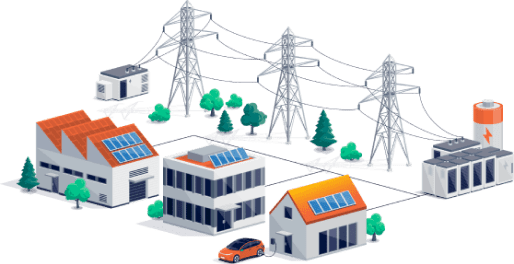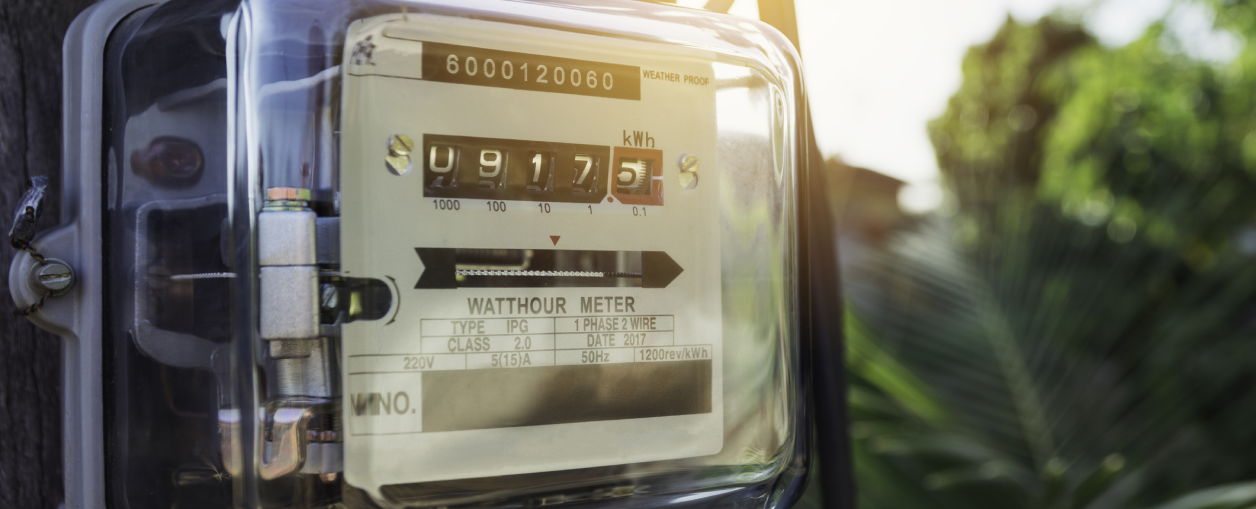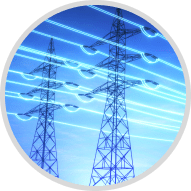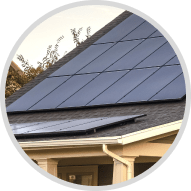

Texas has emerged as a major solar energy producer in recent years, with its abundant sunshine making it an ideal environment for rooftop panel installations.
However, Texas does not offer a statewide net metering policy like many other states. Net metering allows solar panel owners to get credit on their utility bills for any excess energy their systems produce that gets fed back into the grid.
In the absence of net metering, some retail electricity providers (REPs) in deregulated areas of Texas offer solar buyback plans. These programs provide bill credits to home solar customers for their excess power generation.
But how exactly do solar buyback plans in Texas work? What types of plans are available and how do you pick the right program to maximize savings from your solar array?
This in-depth guide explains everything you, as a Texas homeowner, need to know about capitalizing on solar buyback plans, including:
- How grid-tied rooftop solar systems work in Texas
- What solar buyback plans are and how they’re like net metering
- Types of buyback plans offered by Texas retail electric providers
- Factors that determine the best buyback plan for your specific home
- How to analyze your energy usage to select the optimal solar buyback plan

Understanding Rooftop Solar in Texas

To understand solar buyback plans in Texas, you first need to know a bit about how rooftop solar systems work within the deregulated electricity market in most of the Lone Star State.
Most Texas homeowners get their power from REPs in areas served by transmission and distribution utilities like Oncor or CenterPoint Energy. This is known as a “retail choice” market. Homeowners can shop among competing REPs for electricity plans the same as they might a cell phone carrier.
Homeowners living in areas served by an electric cooperative (co-op) or a municipal utility must choose from the programs available through their co-op or municipal utility.
When you install home solar, you’re still connected to the main utility grid. Your system feeds excess solar production back to the grid, while you pull electricity from the grid when needed, including at night or on cloudy days. This is called a grid-tied solar system. With a grid-tied solar array, your energy production doesn’t always perfectly match when your household is consuming electricity. Solar panels produce the most energy during midday hours when the sun is brightest. But peak energy demand for most homes is in the mornings and evenings.
If you don’t have a battery or if your battery is full, your solar system may be generating a lot of excess energy in the afternoon that gets fed into the grid, which you then can get credited for by your REP. These credits can offset power drawn from the grid later when solar production is lower.
This mismatch between solar energy production and household usage is why the concept of net metering emerged.
What is Net Metering?

Net metering is an accounting framework that allows rooftop solar owners to get retail-rate bill credits for excess power they send to the grid.
Think of net metering like rollover data on a cell phone plan. When your solar panels produce more electricity than your household uses, the excess generation is exported to the grid, and you bank a credit on your utility bill. You can use those credits later when your home needs to pull electricity from the grid, redeeming them when you pay for grid power.
Net metering ensures owners of grid-tied rooftop solar systems are fairly compensated for their excess generation. But here’s the catch — Texas does not have a statewide net metering policy.
Some municipal utilities and rural electric co-ops in Texas may offer net metering programs. But in deregulated areas of the state served by private utilities, policies for compensating rooftop solar exports are set by individual REPs in solar buyback plans.

In the absence of statewide net metering, some (but not all) REPs in deregulated parts of Texas have established their own solar buyback programs. These plans provide credits on your electricity bill for excess solar energy that’s exported to the grid throughout the day.
Solar buyback plans allow homeowners with solar to “sell” unused power their panels produce back to their REP. The credits earned can be applied against electricity drawn from the grid when solar production is lower than household demand.
It should be noted that buyback credits provide monetary value for solar exports that offset your electric bill — they aren’t actual cash payments for excess generation.
Buyback rates, credit structures and other terms vary widely among different REPs. There is no standard universal solar buyback program in Texas. Some plans closely resemble net metering, while others offer lesser credits and other terms that can affect the value of the credits, such as whether the credits roll over from month to month and whether the credits expire.
Ultimately, solar buyback plans allow you to realize savings and bill offsets from your rooftop solar array. Carefully selecting the optimal buyback program for your home’s specific energy usage can potentially yield substantial savings over time.
Types of Solar Buyback Plans in Texas
There are several basic types of solar buyback programs offered by REPs in Texas, including:

One-to-One Buyback Plans
- Credits excess solar production at full retail electricity rate
- Closest approximation of net metering in Texas

Partial Credit Buyback Plans
- Credits at a set rate lower or higher than retail power rate — sometimes excluding parts of the retail charge, such as transmission, distribution charges and non-bypassable charges.

Wholesale Rate Buyback Plans
- Credits based on real-time wholesale electricity market pricing
- Requires advanced meter for tracking real-time production
- Rate varies hour to hour based on supply and demand

Zero Buyback Plan
- No credits for excess solar power exported to the grid
- Lower electricity rate may partially compensate for no buyback

The best solar buyback plan for your home depends on several factors, like:
- Solar array size and total annual production
- Rate structure and fees of available buyback plans
- Your electricity usage patterns and peak demand times
- How much excess power your system exports to the grid
How to Pick the Optimal Solar Buyback Plan
With a wide diversity of buyback programs to choose from, how do you determine which solar buyback plan in Texas is right for your solar-powered home? The program that will maximize your rooftop solar savings depends heavily on your household energy usage patterns.
Ideally, you want detailed analysis of your home’s actual energy usage and solar production data. This allows modeling of how each available buyback plan’s compensation structure will yield the greatest bill savings for your unique profile.
While custom analysis provides the most accurate savings projection, we can make some generalizations about buyback plan selection based on typical home energy usage.

Homes with Smaller Solar Systems
For rooftop solar arrays that supply a smaller portion of a home’s total annual electricity demand, plans with no buyback or wholesale rate buyback, coupled with a lower rate for electricity purchased from the grid, often make the most financial sense.
With a smaller solar system, most of your daily production is immediately consumed on-site rather than being exported to the grid. This on-site “self-consumption” offsets your power purchases without needing buyback credits.
In this scenario, you benefit more from cheaper grid electricity rates since your solar exports are minimal. Basic retail plans or real-time pricing plans offer lower rates that maximize savings for lower-producing solar arrays.

Homes with Larger Solar Systems
If your solar array has a larger capacity that exports a significant portion of power produced, then one-to-one solar buyback plans tend to provide the best return.
By receiving full retail rate credits for higher solar exports, the value of excess generation is maximized. This value can ultimately exceed any slightly higher rate you pay for grid electricity under a one-to-one buyback plan.
For solar systems with sustained excess production — typically exporting over 40% as much power as the home imports — a full net metering-style buyback may be ideal.

The Impact of Time-Varying Rates
Many buyback programs have time-varying rates, like charging more for grid electricity during afternoon peak hours. This reflects wholesale electricity market pricing.
Households that can actively shift more consumption to nights and weekends when rates are cheaper can benefit from real-time pricing buyback plans. This allows you to “buy low and sell high” within a day. But this requires homeowners to closely monitor and manage electricity usage, such as running appliances at night or pre-cooling the house.
For most, fixed-rate buyback plans are simpler.

Maximize Solar Savings with Texas Buyback Plans
Taking advantage of solar buyback plans in Texas requires some research and analysis into your home’s unique energy profile. But the effort may yield significant long-term savings and faster payback on your solar system investment.
With the right buyback program in place, your home solar system can offset a larger portion of your annual electric bills via excess power credits. Careful solar buyback planning helps you maximize savings and return on investment from your Texas solar installation.

